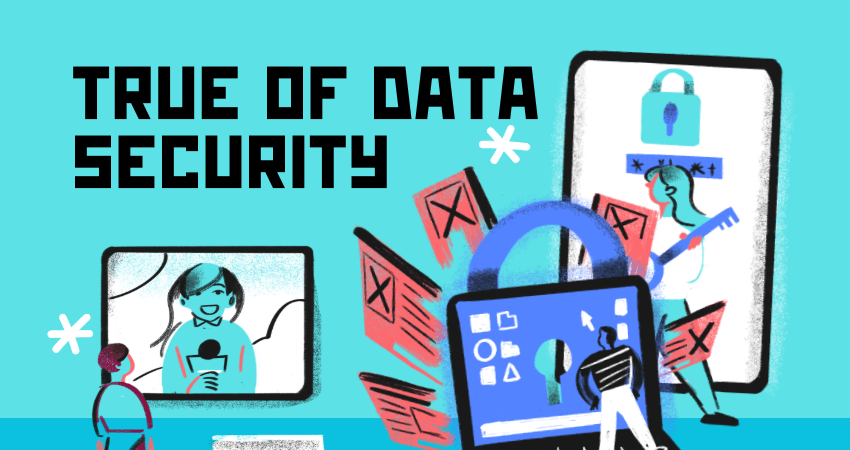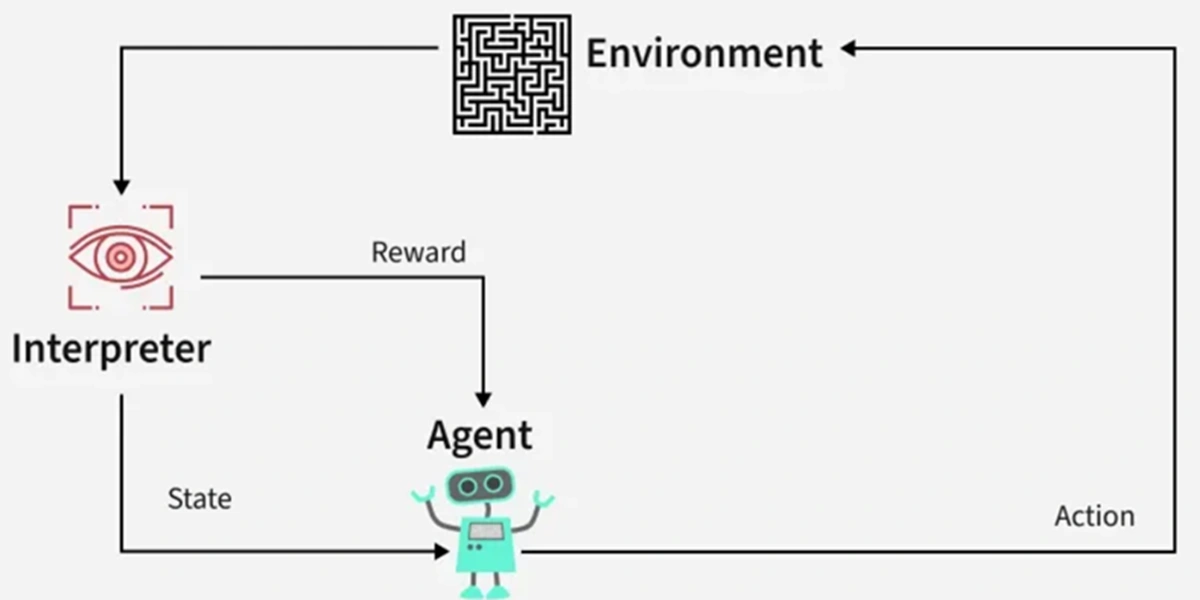Data security seems straightforward on the surface – protect your data, prevent breaches, keep the bad guys out. But in today’s rapidly evolving digital landscape, separating fact from fiction has become increasingly challenging. Let’s dive deep into common beliefs about data security and uncover what’s really true.

The Antivirus Paradox
“Having antivirus software means I’m fully protected”
This widely-held belief deserves careful examination. While antivirus software plays a vital role, it’s far from a complete security solution. Modern cyber threats have evolved far beyond what traditional antivirus programs were designed to catch. Think of antivirus software as your home’s front door lock – essential, but you wouldn’t rely solely on it to protect your entire house.
What’s actually true: Antivirus software is just one layer of defense in what should be a multi-layered security approach. Today’s threats often use sophisticated social engineering or zero-day exploits that bypass traditional antivirus detection entirely.
Small Business Immunity?
“Hackers only target large companies”
This dangerous misconception continues to leave countless small businesses vulnerable. Recent statistics tell a different story – over 43% of cyber attacks specifically target small businesses. Why? Because criminals know smaller organizations often lack robust security measures while still holding valuable data.
What’s actually true: Every organization, regardless of size, is a potential target. In fact, smaller entities often serve as stepping stones for attackers to reach larger targets through supply chain compromises.
The Password Predicament
“Changing passwords frequently increases security”
This long-standing practice might actually be counterproductive. When forced to change passwords too often, users tend to choose weaker passwords or make minimal changes to existing ones (think “Password1” becoming “Password2”).
What’s actually true: The focus should be on creating strong, unique passwords for each account and changing them only when there’s a reason to suspect compromise. Password managers have become essential tools in maintaining this balance between security and usability.
Cloud Security Myths
“The cloud is less secure than on-premises storage”
This belief stems from the early days of cloud computing when the technology was new and untested. Today’s reality is quite different. Major cloud providers invest billions in security infrastructure that most organizations couldn’t dream of matching internally.
What’s actually true: Cloud security operates on a shared responsibility model. While providers secure the infrastructure, users must properly configure their cloud services and protect access credentials. Many breaches occur not because the cloud is insecure, but because of misconfiguration by users.
The Human Element
“Technology alone can solve security problems”
Despite advances in security technology, human behavior remains a critical factor in data security. No amount of technological protection can prevent an employee from falling for a well-crafted phishing email or sharing credentials with an impersonator.
What’s actually true: The most effective security strategies combine technological solutions with comprehensive user education and clear security policies. Regular training and awareness programs are not optional extras – they’re essential components of data security.
Encryption Understanding
“All encryption is equally secure”
This oversimplification ignores the vast differences between encryption methods and implementations. The strength of encryption varies significantly based on the algorithm used, key length, and implementation quality.
What’s actually true: Modern encryption standards like AES-256 are indeed highly secure when properly implemented. However, the security chain is only as strong as its weakest link – often the key management process or the endpoints where data is decrypted.
Mobile Device Security
“Mobile devices are inherently less secure”
This outdated belief fails to recognize the sophisticated security features built into modern mobile devices. Today’s smartphones often include advanced security capabilities like hardware-based encryption, secure enclaves, and biometric authentication.
What’s actually true: Mobile devices can be very secure but require proper configuration and user awareness. The biggest risks often come from user behavior, like downloading apps from unofficial sources or connecting to unsecured Wi-Fi networks.
Compliance Equals Security?
“Being compliant means being secure”
Many organizations fall into the trap of equating regulatory compliance with comprehensive security. While compliance frameworks provide valuable guidelines, they typically represent minimum security requirements.
What’s actually true: Compliance is a baseline, not a ceiling. True security requires going beyond compliance checkboxes to address specific organizational risks and threats.
The Backup Belief
“Regular backups guarantee data recovery”
While backing up data is crucial, simply having backups isn’t enough. Ransomware increasingly targets backup systems, and untested backups may fail when needed most.
What’s actually true: Effective backup strategies require regular testing, offline copies, and integration with broader disaster recovery plans. The 3-2-1 rule (three copies, two different media types, one off-site) remains a solid foundation.
Future-Proofing Security
“Once secured, always secured”
Perhaps the most dangerous misconception is that security is a one-time achievement rather than an ongoing process. Cyber threats evolve constantly, and yesterday’s security measures may be inadequate today.
What’s actually true: Security requires continuous monitoring, regular updates, and constant adaptation to new threats. Organizations must stay informed about emerging threats and evolve their security practices accordingly.
Conclusion: The Reality of Modern Data Security
The truth about data security is that it’s complex, dynamic, and requires constant attention. No single solution, technology, or practice can guarantee complete security. Instead, effective data security comes from:
- Understanding that security is a journey, not a destination
- Implementing multiple layers of protection
- Regular training and awareness programs
- Continuous monitoring and adaptation
- Balancing security with usability
- Planning for incidents rather than just trying to prevent them
As we continue to navigate an increasingly digital world, staying informed about what’s truly effective in data security becomes more critical than ever. The organizations that succeed in protecting their data will be those that understand these fundamental truths and build their security strategies accordingly.
Remember: in data security, questioning common assumptions and staying updated on evolving threats is not just prudent – it’s essential for survival in our connected world.
| Read More Topics |
| Cloud-based quantum machine learning applications |
| Solar photovoltaic technologies and applications |
| Protect your home computer cyber security |





